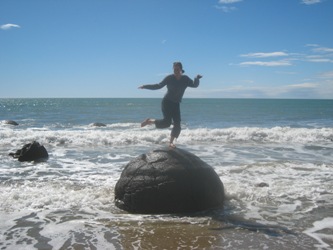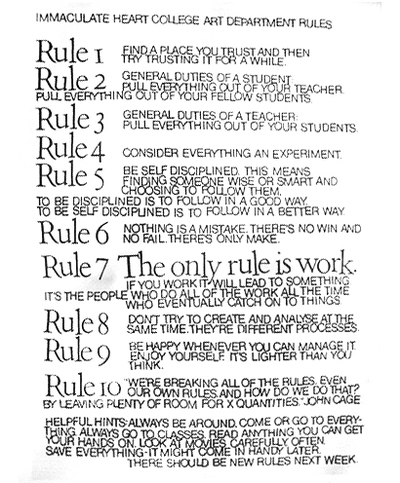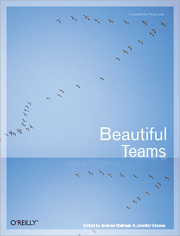One of my most popular blog posts ever, how to write a book, generates tons of comments and e-mail every week. Here’s an interesting one I couldn’t help but respond to:
David wrote:
Great article, gave me lots of inspiration and hope. I just submitted a proposal to O’Reilly, and it was rejected within 30 minutes. Very efficient, and very nicely worded, but devastating nonetheless. What do you do if you think you have a great idea, but the world disagrees?
The first rule of creative work: expect to be rejected. Ask anyone who reviews creative work of any kind, whether it’s screenplays, music demos, or book proposals, and they’ll tell you they reject a ratio of at least 20 or 30 to 1. Sometimes it’s 1000 to 1 in the case of movie actors or works of fiction. There is nothing wrong with you or your work simply because you have been rejected. Rejection means you are doing something many others want to do and it’s hard work.
Ask any writer, including the famous, how many rejection slips they’ve seen. They’ll laugh and tell you about how they papered their wall with them. Seriously, rejection is part of the game. I note many of these stories in The Myths of Innovation. The Star Wars screenplay was rejected by almost every major studio. Zen and the Art of Motorcycle maintenance was turned down over 100 times. Stephen King, J.K. Rawlings, John Grisham, you name it, they’ve been rejected. Do not give up hope: instead, use rejection as fuel. Prove them wrong. Get better at your craft. Work harder, and when you’re finished, send them a signed copy with your warmest regards.
Fear & doubt kill far more dreams than failure. -Jeet Banareet
In some ways how you handle rejection is self selection for creative work – if you cant handle a few rejections from publishers, how will you handle a few bad reviews of your finished book? No matter what you do, if you’re making something, many people won’t like it. In fact the more popular the thing is, the more people who will pick on it and for increasingly trivial reasons.
As I mentioned in the post, one major advantage of living in 2008 is how cheap it is to make things yourself. The only approval you need to create something is your own. You can self publish a book, make a video or a bunch of mp3s for just a few hundred bucks. If the world isn’t behind you, to hell with the world – do it anyway. The only thing stopping you is you. After you make the thing you imagined the world may respond very differently than it did to just the idea alone.
(Update): Of course you do need to consider now and then that the world might just be right, in some small way, about something you are missing. Perhaps you’re idea isn’t all that good, or you’re not explaining it very well, or it needs to be focused and directed in a different way. One of the best skills creatives need to learn is how to convert criticism into useful feedback.





